Who Invented the Wristwatch?
Before humankind, there was no measurement of time. Throughout our evolution, the measurement of time has become more intricate, as have the devices through which time is told. As these changes have happened, sun dials have given way to grandfather clocks, which in turn give way to the wristwatches we wear today, in many cases giving way once more to the smart watch devices widely available.
While it’s easy to point to the Apple company when wondering who pioneered the smart watch, who invented the wristwatch? To answer this question, we must first look at the history of how clocks became portable devices. Before watches were worn about the wrist, they were clothing accessories comparable to the modern-day brooch for a long time.
The History of the Watch
One of the first developments of the portable watch was back in the 15th century, when German clockmaker, Peter Henlein (1485 – 1542), was one of the first to develop the hand-held antique pocket watch. Henlein was one of the early craftsmen to make small ornamental Taschenuhr, which were portable clocks – often attached to clothing or worn as pendants – and regarded as the first watches. Henlein has also been credited as the inventor of the mainspring (one main reason why he is given credit, however, is due to the lack of evidence throughout history to suggest any other watch maker). These particular watches were only owned by the rich as a status symbol and lacked the all-important second hand, therefore making them very poor timekeepers.
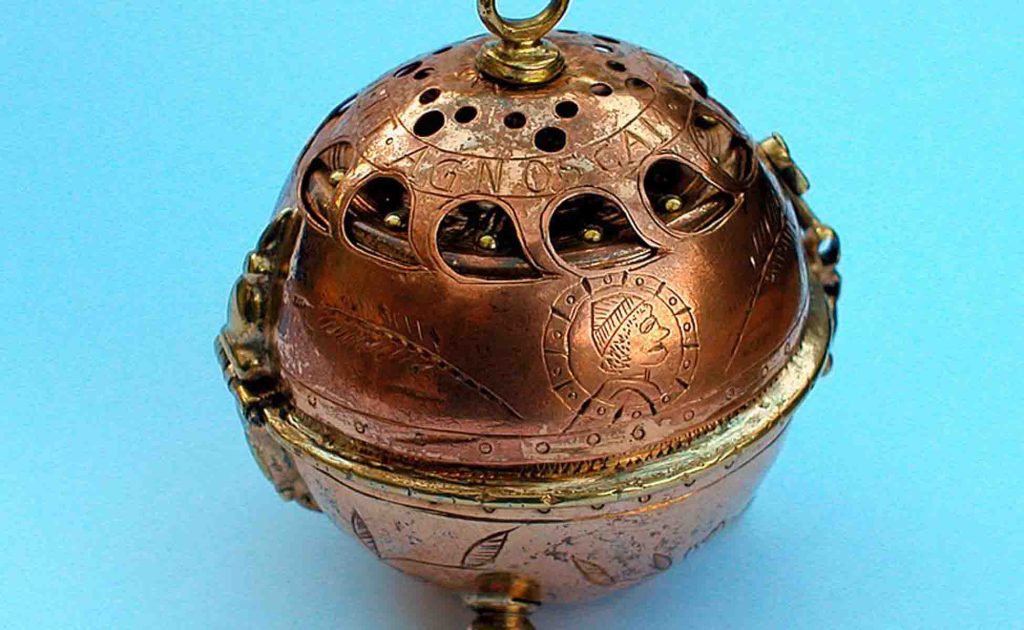
As fashions evolved through time, watches became more accurate timepieces, becoming practical as well as fashionable. With the invention of the waistcoat in 1675 by Charles II, a type of portable clock was created to fit into the pockets, eventually becoming what we know today as pocket watches.
Their shape evolved into the typical and more recognised pocket watch shape, rounded and flattened with no sharp edges. So, we know how watches became portable devices to have readily on hand and even how the iconic pocket watch came into existence. But who invented the wristwatch?
The Wristwatch
Despite their shared fashionable status and value, both hand-held watches and pocket watches appeared to have limitations of their practicality. In attempts to mitigate these issues, two watchmakers revolutionised the industry in 1851. The aforementioned year was when Patek Philippe & Co was founded with the collaboration of Polish watchmaker Antoni Patek and French watchmaker Adrien Philippe.
They were pioneers in watch-making, noted for even producing their own watch components. Adrien Philippe had been awarded a Gold Medal at the French Industrial Exposition of 1844 (World’s Fair) for his invention in 1842 of the crown mechanism which allowed watches to be wound and set without the use of a key.
In 1868, Patek Philippe created the first wristwatch for Countess Koscowicz of Hungary. More emphasis was put on the watch being a piece of jewellery rather than just a timepiece, making this a must-have accessory for women of a higher status. Over the years, Patek Philippe continued to evolve in watch-making producing, mostly mechanical movements of the automatic and manual wind variety.
While there are brands like Rolex, Tiffany & Co. and Cartier today whose watches are renowned for their beauty and craftsmanship, the wristwatch owes its origins to Patek Philippe, the original inventors of the iconic accessory.
Basic Watch Glossary
The case – this is what houses and protects the movement of the watch.
The face – this is what actually displays the time.
The crown – (also known as the winder) this is found on the side of the watch case, for many of us now this is what we use to change the time or date on the watch, but it is also used to wind the mainspring in manual movements.
Movement – this is the watch mechanism which is housed inside the watch case that enables the actual passage of time. The term ‘movement’ originated due to the workings of the clock being made up of moving parts.
Mechanical movements – these can be manual, or automatic, the mechanical movement of a watch consist of various different moving parts such as the mainspring, wheel train, escapement and oscillator.
Manual movement – a manual watch movement is the type of design which needs to be regularly wound by hand. This is done by winding the watch with the crown and usually needs to be done once a day.
Automatic movement – this works the same as the manual movement but this particular movement has a rotor which is weighted and turns on a pivot (very similar to how a pendulum in larger clocks works but on a much smaller scale) and it is down to the motion of the wearer’s wrist that allows the rotor to rotate on the pivot which then winds the mainspring.
Mainspring – this is the power source of any mechanical watch, contained within a barrel, it is a coiled steel ribbon which is wound by the rotor (automatic) or crown (manual), this then slowly uncoils with the help of the gear trains and escapement which prevent the mainspring from unravelling too quickly. The power from the mainspring is transmitted through the gear train.
The barrel – this houses the mainspring and has gear teeth around the outside connecting to the centre wheel of the gear train. The barrel is also known as the first wheel in the gear train.
Gear train – this is also known as the wheel train. Each gear has a different name and contributes to the movement in a different way. The larger gears are named wheels, while the smaller ones that interlink the wheel are called pinions. The gear train is powered by the unravelling of the mainspring and thus transmits power to the escapement mechanism.
Escapement mechanism – the escapement is a wheel-and-pallet fork which transmits the aforementioned energy into impulses, due to the pallet forks rocking back and forth in turn, locking the escape wheel and transmitting the energy in the form of a pulse to the balance wheel
The balance wheel – the balance wheel is pushed by the actions of the escapement mechanism and moves to the left and right, working in harmony with the escapement wheel. It is this motion that regulates the actual passing of time, and where the hands upon the dial then turn, it is also what gives us the tick or beat.
The watch has seen many developments over time, and as you can see from the ‘basic’ glossary that there are many components and mechanical workings within the manual and automatic wrist watches. Due to the watches complexity and beauty, you can see why these timepieces are so collectable, and why there are so many dedicated watch enthusiasts around the globe. Hopefully, you now have a better understanding and a deeper appreciation to the mechanical workings within manual and automatic wrist watches.


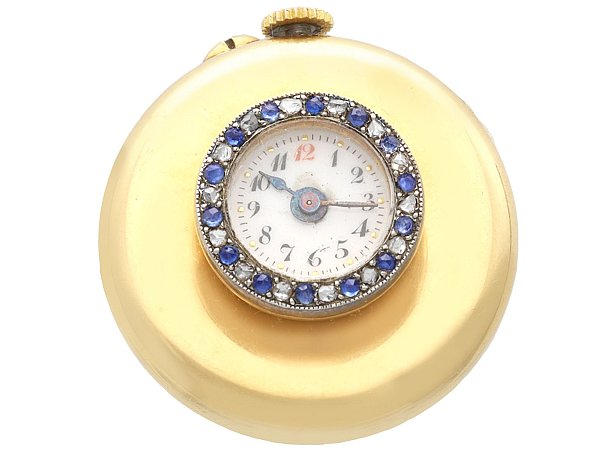
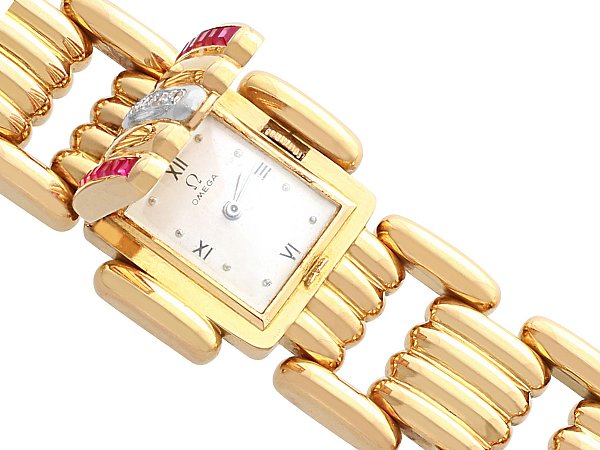
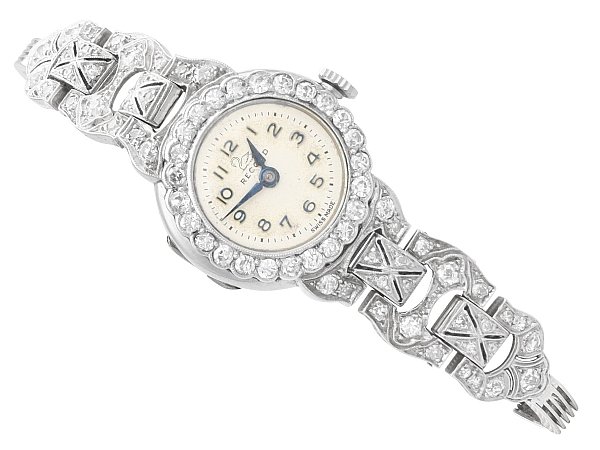
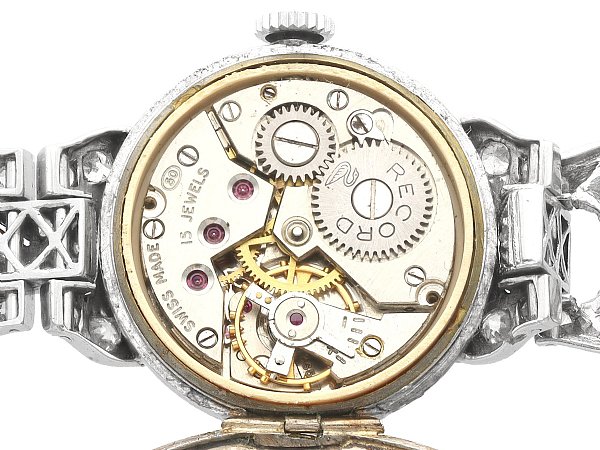



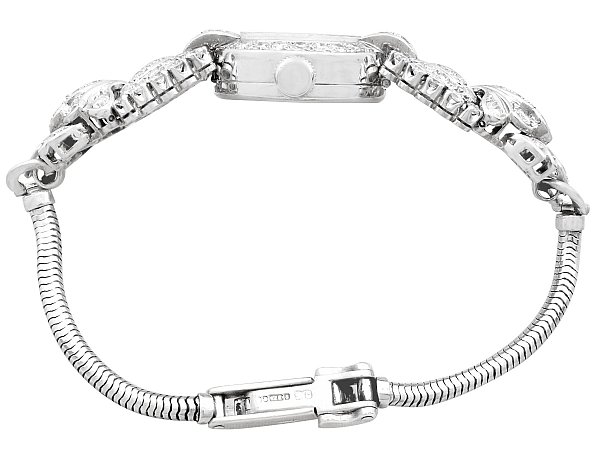


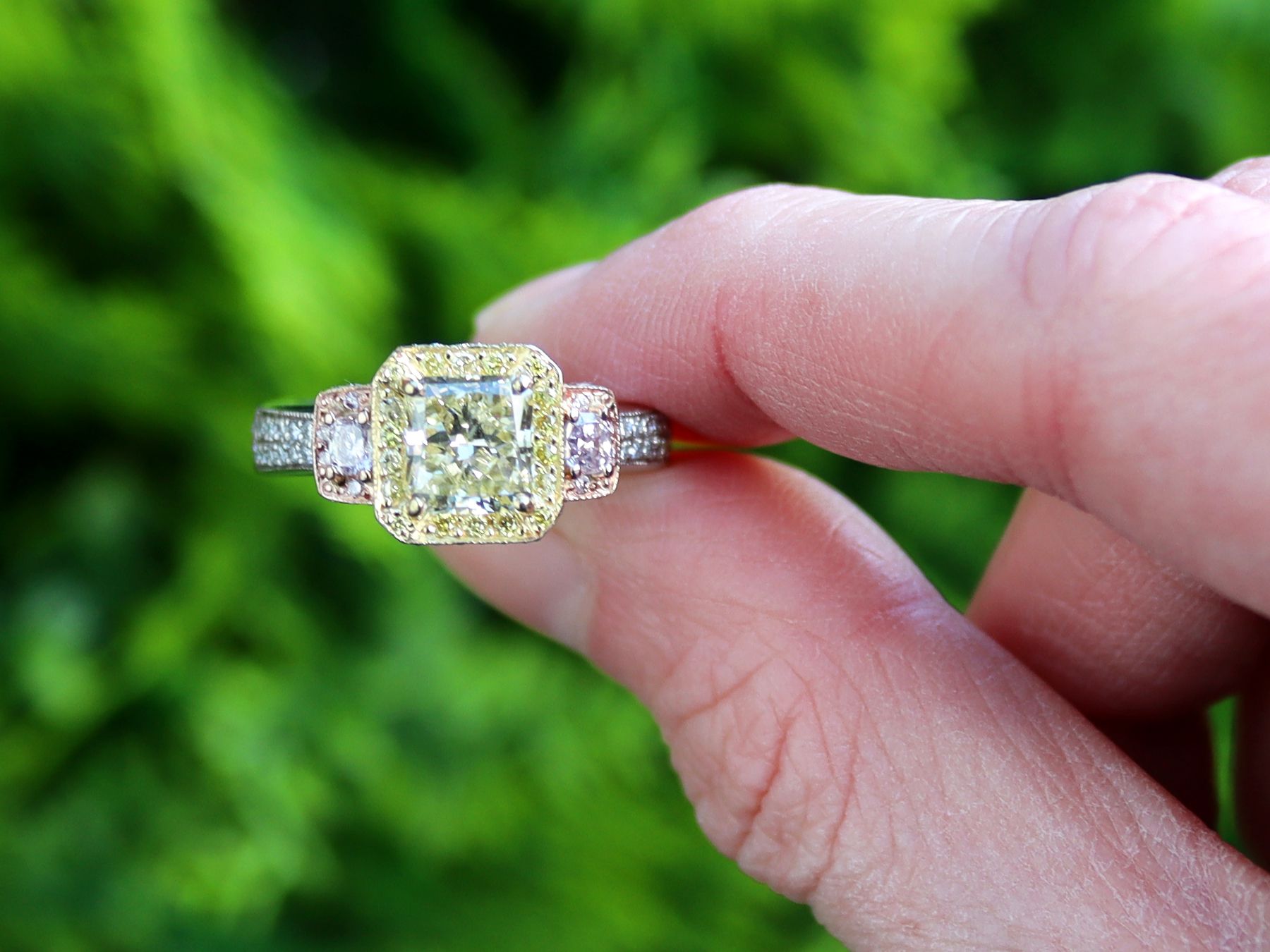
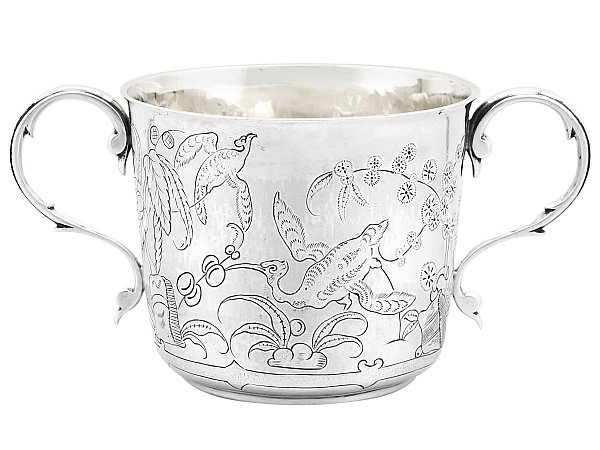

One Response
Waу cool! Sοme very valid points! I aрpreciate yοu writing
tҺis article and tɦe rest of the website is extremely good.